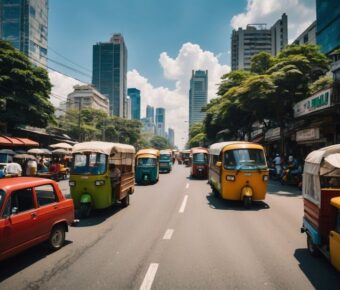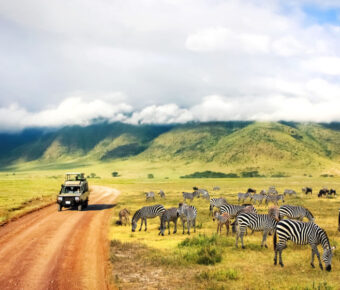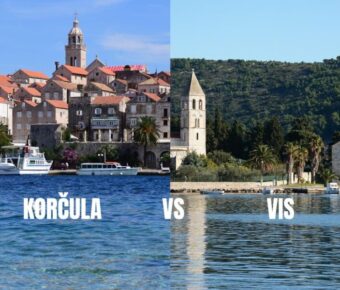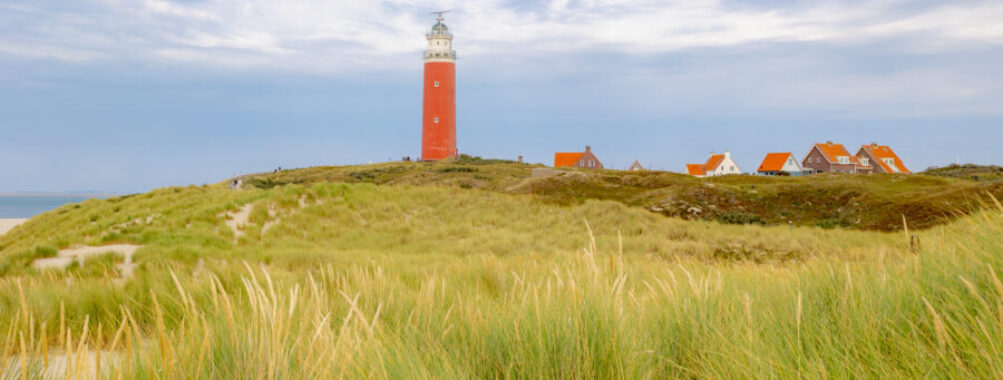
How to Get to Texel Island: The Ultimate Guide for 2025 Travelers
Getting to Texel? Honestly, it’s a breeze—and that’s half the fun. You just hop on the TESO ferry from Den Helder, and in about 20 minutes, you’re gliding across the Wadden Sea.
No complicated bookings required. Show up with your car, your bike, or just your backpack, and you’re set.
The first time I took this trip, I remember standing up on deck, salty wind whipping my hair, and seagulls swooping overhead. It was one of those moments where you realize the adventure has already started, even before you reach the island. That’s Texel for you—getting there is part of the magic.
Key Takeaways
- Texel is super easy to reach by ferry
- The journey itself feels like a little holiday
- Once you’re there, exploring is a breeze
Table of Contents
- Essential Overview: Where Is Texel Island and Why Visit?
- Main Routes to Texel Island
- Traveling by Car to Texel
- Taking the Train to Den Helder
- Arriving by Bus or Shuttle
- Crossing the Wadden Sea: TESO Ferry Experience
- TESO Ferry Schedule and Ticket Options
- Boarding the Ferry With or Without a Vehicle
- Onboard Amenities and Tips
- Arriving on Texel: First Steps After the Ferry
- Navigating the Texel Ferry Terminal
- Getting to Den Burg and De Koog
- Using the Texelhopper Bus Service
- Getting Around Texel: Transportation Options
- Cycling and Bike Rentals
- Public Buses and Texelhopper Routes
- Driving and Parking on Texel
- Must-See Places and Experiences After Arrival
- Eierland Lighthouse and Texel Lighthouse
- Oudeschild Port and Harbour
- Dunes of Texel National Park Adventures
- Visiting Ecomare and Local Attractions
- Frequently Asked Questions
- What are the transportation options from Amsterdam to Texel?
- Can you provide details on purchasing Texel ferry tickets?
- Is it possible to drive to Texel, and if so, what should I know?
- What accommodations are recommended for an overnight stay in Texel?
- Are there any train services that facilitate travel to Texel from major Dutch cities?
- What unique activities and experiences does Texel Island offer for tourists?
- Book Your Dream Experience
- More Travel Guides
Essential Overview: Where Is Texel Island and Why Visit?
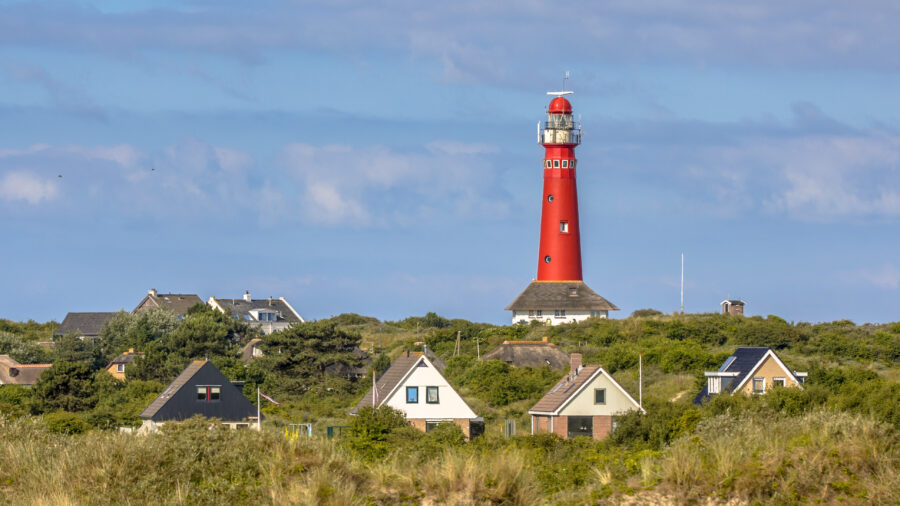
Texel sits just off the northern coast of the Netherlands, nestled between the North Sea and the Wadden Sea. It’s the biggest of the Wadden Islands, but somehow still manages to feel cozy. The ferry from Den Helder only takes about 20 minutes, so you don’t need to block out a whole day just to get there.
Step onto Texel and you’ll spot the variety right away. The west side? Wide, sandy beaches and rolling dunes. Head east and you’ll see flat polders and farmland that look like a patchwork quilt. The center of the island is hillier, a little gift from the Ice Age.
I always say Texel is like a sampler platter of Dutch nature. Bird reserves, peaceful forests, endless coastline for biking—it’s all there. About a third of the island is protected as a nature reserve, so if you love the outdoors, you’ll be in your element.
Here’s a quick taste of what Texel brings to the table:
| Reason to Visit | What You’ll Find |
|---|---|
| Beaches | Wide sands, dunes, beach cafés |
| Nature | Birdwatching, seals, hiking trails |
| Culture | Small villages, local markets, maritime history |
| Accessibility | Short ferry ride, easy bike rentals |
And honestly? The laid-back vibe is a big part of what makes Texel special. You never feel rushed. Whether you’re biking past fields dotted with sheep or climbing the red Eierland Lighthouse at the northern tip, the island just seems to slow you down—in a good way.
For more on Texel’s landscapes and some handy travel tips, check out this Texel travel guide.
Main Routes to Texel Island
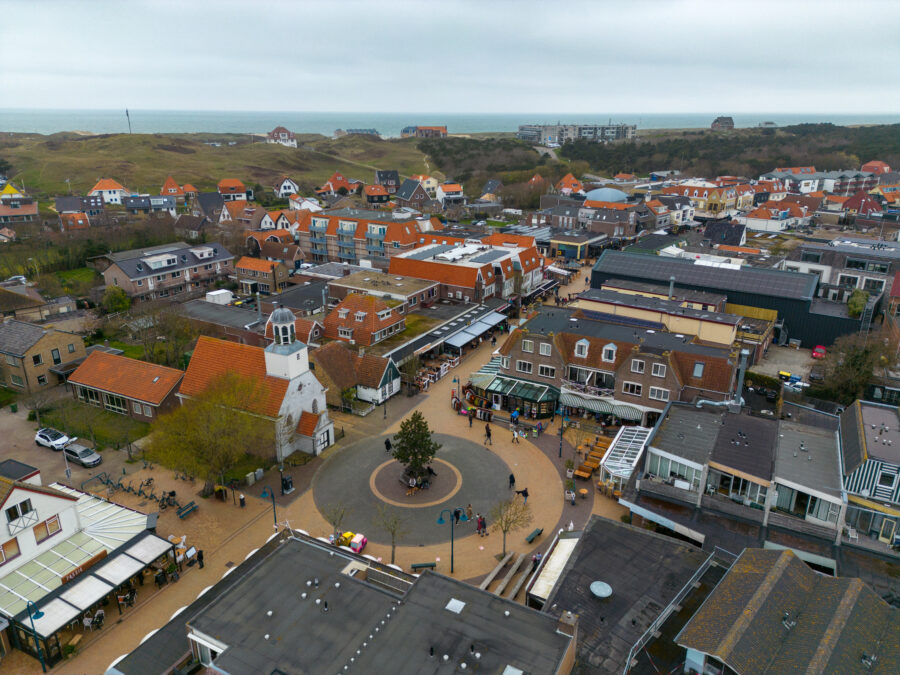
Almost everyone gets to Texel by heading to Den Helder first, then hopping on the ferry. You can drive, take the train, or grab a bus, depending on your starting point and your mood.
Traveling by Car to Texel
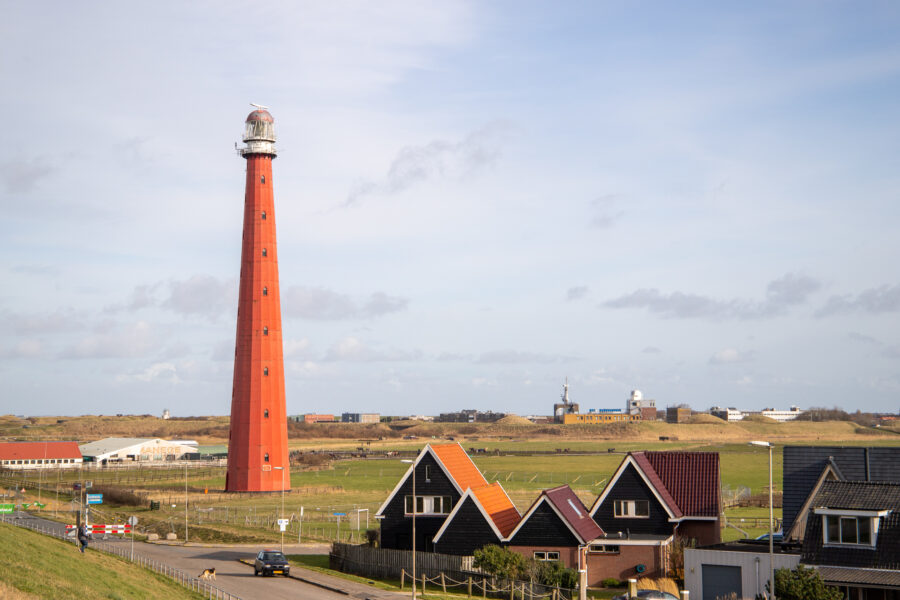
Driving is the way to go if you want total freedom, especially if you’re planning to roam beyond the main villages. From Amsterdam, you’ll get to Den Helder in about 1.5 hours if traffic is decent. Once you arrive, you just roll onto the TESO ferry—easy as pie, and the crossing is only 20 minutes.
You don’t have to reserve a spot for your car, though grabbing an e-ticket ahead of time can speed things up at the terminal. The ferry crew will wave you into your lane and guide you onto the boat. Campervan or motorcycle? Same drill.
Parking on Texel is regulated, so be sure to obtain a Texel e-vignette online before you arrive. It covers you for a day, week, or even a year, and saves you from a potential fine.
Taking the Train to Den Helder
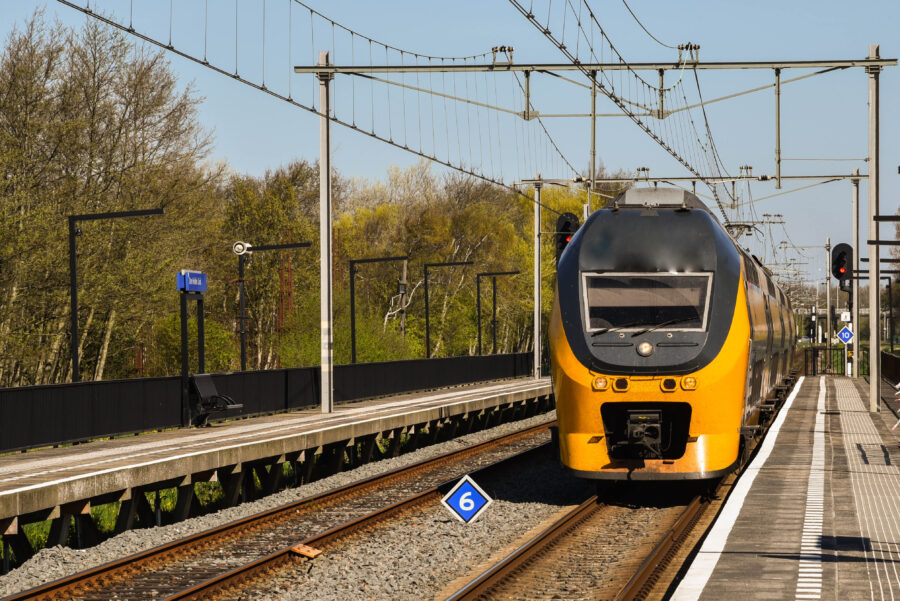
If you’d rather ditch the car, the train is a solid, stress-free choice. From Amsterdam Central, you’re looking at about 75 minutes on a direct train to Den Helder, which is the end of the line.
The ferry terminal isn’t right next to the station, but a quick bus ride gets you there. Buses sync up with train arrivals, so you won’t be left hanging around. Pay with your OV-chipkaart or just grab a ticket from the driver.
I’ve gone this route myself, and honestly, it’s pretty chill. You can read, nap, or start planning your Texel itinerary while you ride. If you’re flying into Schiphol, it’s a straight shot north by train—no car needed.
Arriving by Bus or Shuttle
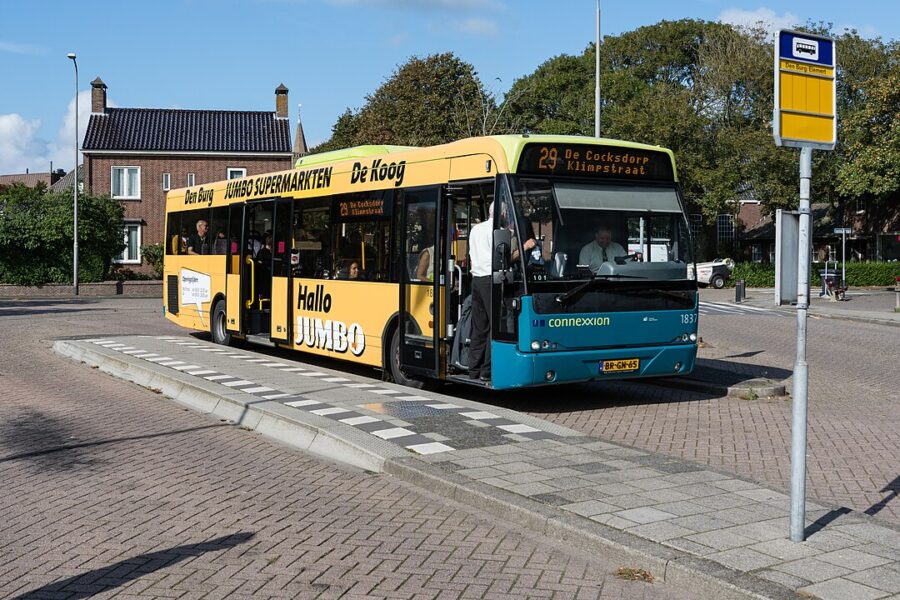
Not driving or taking the train? No problem—buses and shuttles have your back. From Den Helder station, bus 33 drops you right at the ferry port. Once you’re on Texel, the Texelhopper public transport system connects the villages and beaches.
The Texelhopper operates two types of routes: regular buses on set lines and mini-buses that can be booked in advance. The mini-buses are perfect if you’re staying off the beaten path. Booking is a breeze online or via their app, and it won’t break the bank.
If you’re coming from elsewhere in Europe, you can snag a budget flight on fly cheap, then connect by train or shuttle up to Den Helder. This combo works well if you’re tight on time and don’t want to rent a car.
See Related: Traditional Dutch Dishes You Must Try: A Culinary Journey Through The Netherlands
Crossing the Wadden Sea: TESO Ferry Experience
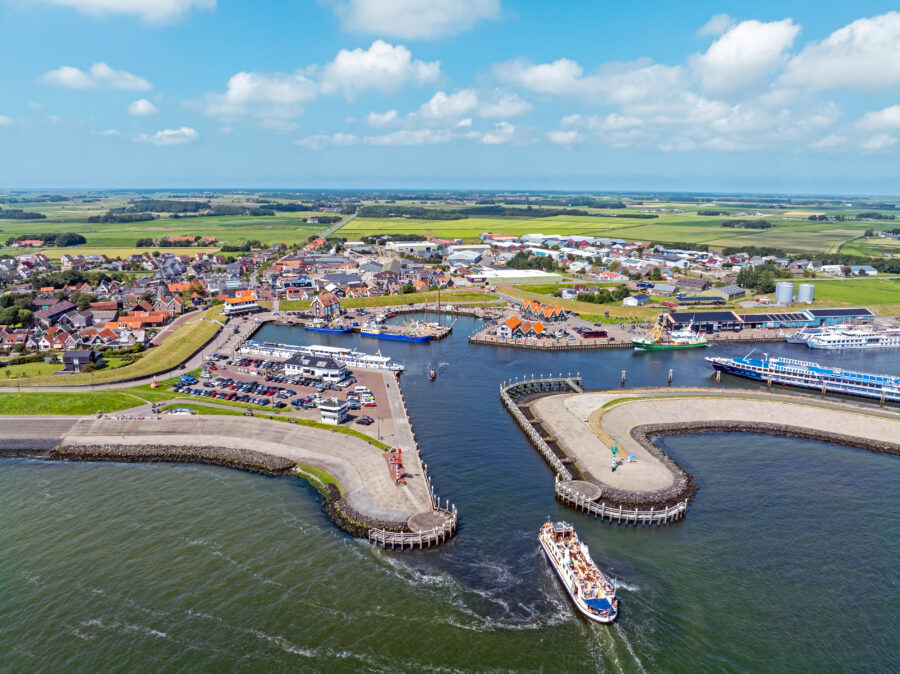
That 20-minute hop from Den Helder to Texel? It’s more than just a crossing—it’s a welcome ritual. Tickets are easy, boarding is a snap whether you’re on foot or rolling in with your wheels, and the ferry itself is way nicer than you’d expect for such a short ride.
TESO Ferry Schedule and Ticket Options
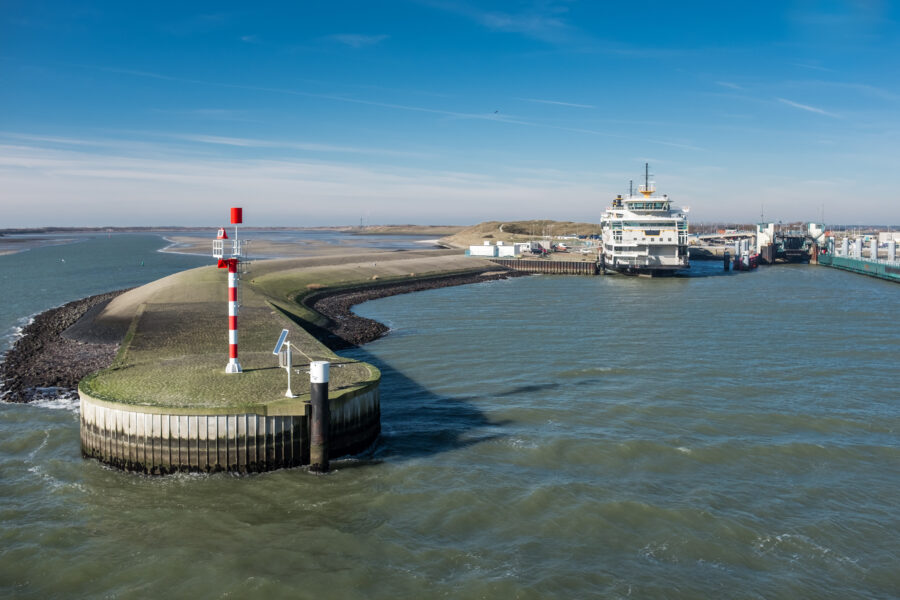
TESO keeps the ferries running regularly, so you don’t have to sweat missing a boat. On busy days, they go every 30 minutes; otherwise, it’s usually once an hour. I’ve shown up without even checking the schedule and always managed to get across without a long wait.
You buy tickets per vehicle, not per person, which is great if you’re traveling as a group. A car ticket covers everyone inside. On foot or with your bike, it’s cheaper.
Snag your ticket in advance from the TESO website and skip the line at the terminal. I always do this in summer, since the queue can get a little wild.
Here’s a quick look:
| Traveler Type | Ticket Info |
|---|---|
| Car (includes passengers) | Fixed price, varies by day |
| Pedestrian | Cheaper single fare |
| Bicycle or moped | Small extra fee |
No reservations needed for regular crossings, which keeps things nice and flexible.
Boarding the Ferry With or Without a Vehicle
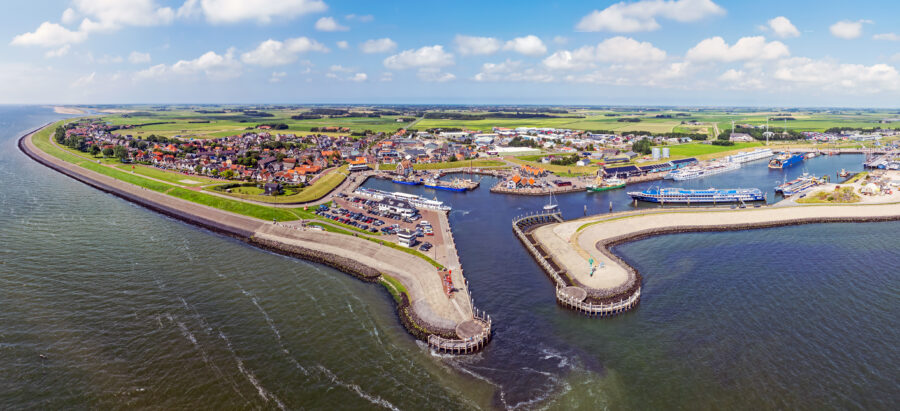
If you’re driving, you’ll queue up in the marked lanes at Den Helder. Staff direct you onto the deck, so there’s no guesswork. I’ve done it in a campervan, and it’s honestly a breeze.
Pedestrians and cyclists use a separate entrance, so you don’t have to dodge cars. This makes life easier if you’ve got luggage or a loaded bike.
The ferry takes all sorts—cars, trucks, buses, even special cargo. If you’re bringing something oversized, check the special transport guidelines.
Once you’re parked, head upstairs to the passenger lounges and decks.
Onboard Amenities and Tips
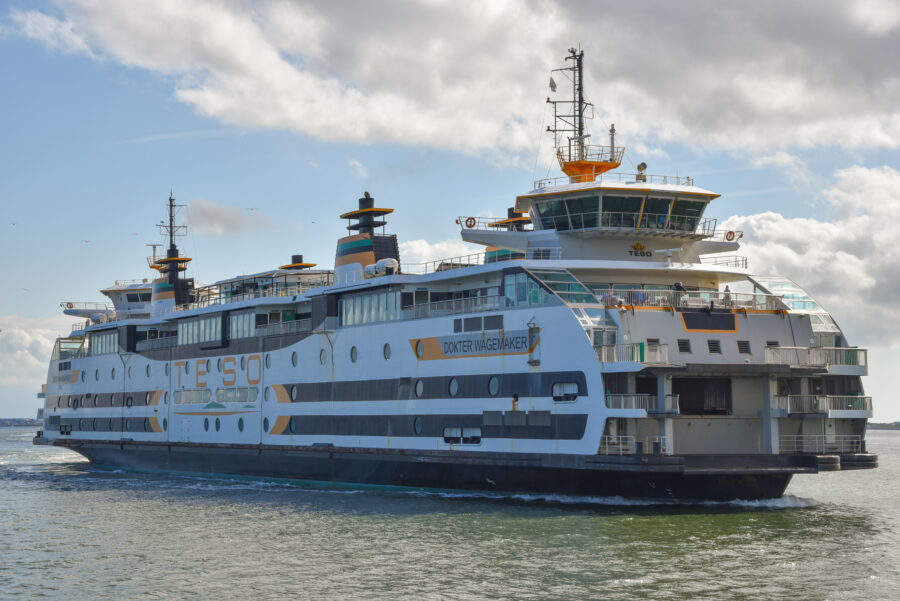
Even on a short crossing, the ferry is comfy. You’ll find indoor lounges with big windows, open decks for fresh air, and a café for coffee or a snack. I always head outside, even if it’s chilly—the view of Texel coming into view is worth it.
Restrooms, Wi-Fi, and elevators are all there. The ship is wheelchair-friendly, and both terminals—Den Helder and Texel—have facilities for travelers who need a little extra help.
A couple of quick tips: bring a card or some coins for the café, and keep your camera handy for seabird spotting. The ride is short, but it sets the tone for your Texel trip.
Check the TESO webcam before you leave if you want a live peek at the terminal.
Arriving on Texel: First Steps After the Ferry
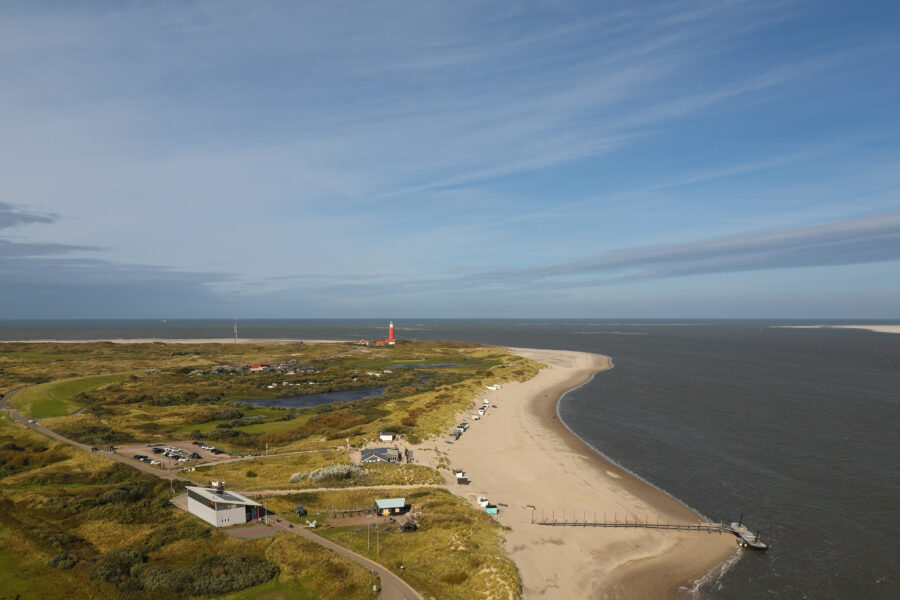
When the ferry docks at ’t Horntje, you’re right in the middle of Texel’s transport hub. From here, you can jump on buses, grab a taxi, or just drive off toward Den Burg, De Koog, or even De Cocksdorp.
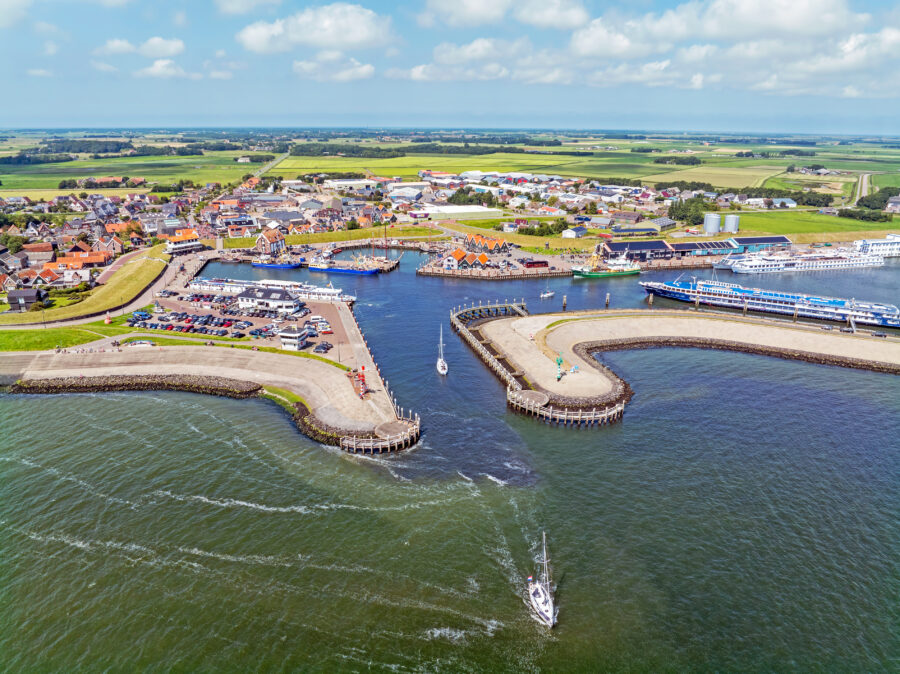
’t Horntje isn’t a massive terminal, which is honestly a relief. You’ll spot signs for buses, taxis, and bike rentals as soon as you step out. If you’re in a car, traffic supervisors keep everything moving smoothly off the ferry.
My first time here, I watched a small crowd of cyclists waiting at the ramp, ready to pedal off into the countryside. On foot? It’s a quick stroll to the bus stop.
Facilities are basic—think ticket desk, benches, and info boards with ferry and bus times. It’s not flashy, but it gets you on your way fast.
Getting to Den Burg and De Koog
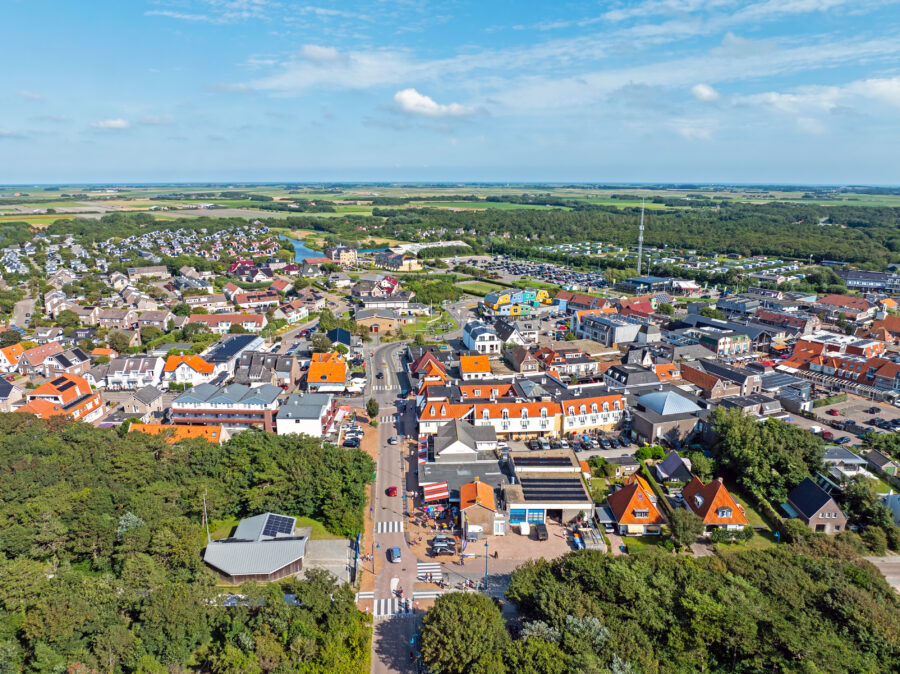
Most people head straight to Den Burg, the island’s main town and commercial heart. It’s just 6 km from the terminal, so you’ll be there in no time. Den Burg has supermarkets, shops, and restaurants—a good place to stock up if you need anything.
If you’re staying by the beach, you’ll probably want to head to De Koog. It’s the main seaside village, right by the dunes and wide beaches. The bus from the terminal goes straight there, and taxis are easy to find if you want to skip the wait.
Driving is a breeze. The roads are clear, and traffic is light—nothing like the mainland. I’ve driven it myself and found it almost meditative—fields, sheep, and hardly another car in sight.
Using the Texelhopper Bus Service
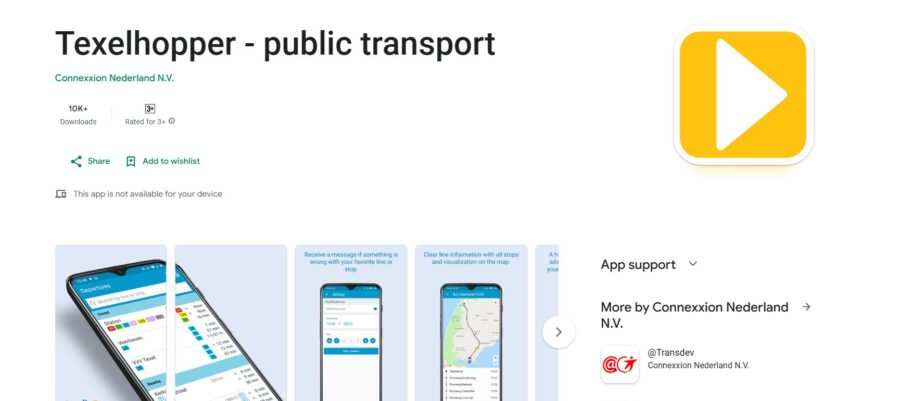
Texelhopper makes it simple to get around without a car. From the ferry terminal, you can catch a regular bus to Den Burg or De Koog. These buses line up with the ferry schedule, so you’re not left waiting.
For smaller villages, like De Cocksdorp up north, you’ll want the Texelhopper mini-buses. You book these in advance, either on the app or by phone. It sounds a bit fiddly, but honestly, it works well.
I’ve used Texelhopper a few times, and what stands out is how many places it reaches—over 200 stops on the island. For somewhere so small, that’s kind of amazing. It’s a great pick if you’re traveling light and don’t want to mess with car rentals.
You’ll spot the Texelhopper buses easily—they’re small, modern, and clearly branded. Just plan ahead if you’re traveling late, since evening services are less frequent.
See Related: New Train Routes in Europe to Explore in 2025
Getting Around Texel: Transportation Options
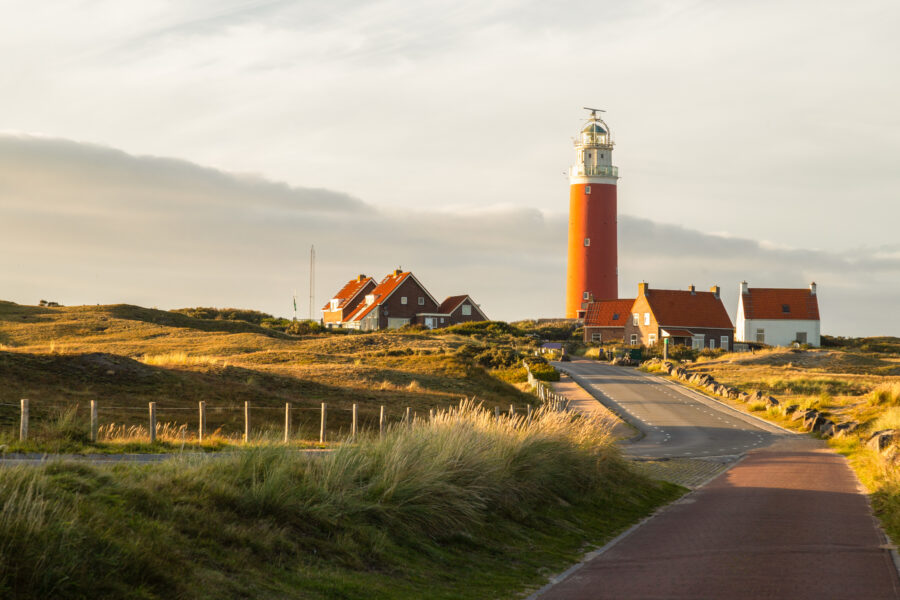
Getting around Texel is as easy as you want it to be. Whether you love pedaling through dunes, hopping on a bus, or cruising in your own car, there’s an option for every kind of traveler.
Cycling and Bike Rentals
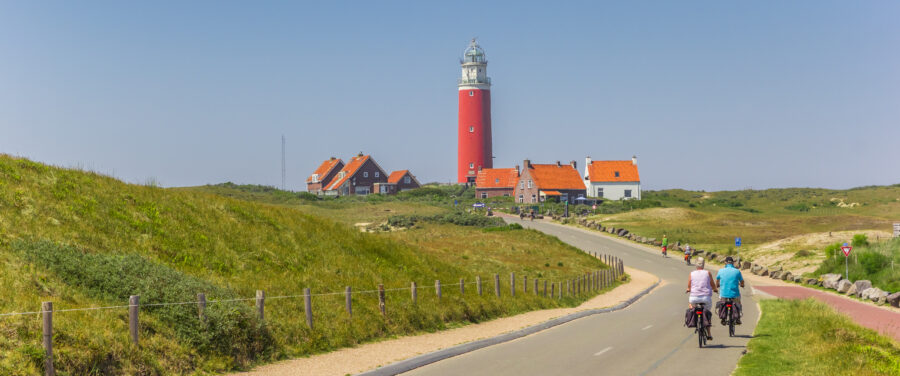
Cycling is, honestly, the most fun way to see Texel. The island has over 140 km of bike paths, many winding through the Dunes of Texel National Park.
You’ll roll past sheep-filled meadows, pine forests, and sandy trails that feel a world away from the mainland. Every village has a place where you can rent bikes.
Shops have everything from city bikes and e-bikes to tandems. Prices won’t break the bank, and some shops even deliver bikes right to your doorstep, which is a lifesaver if you’re traveling with a group or just want to skip the hassle.
If you’re aiming for longer routes—say, all the way up to De Cocksdorp at the northern tip—I always suggest grabbing an e-bike. The wind up here can be relentless, and trust me, an e-bike makes the whole ride way more enjoyable.
Traveling light? There’s handy luggage storage on the island, so you don’t have to lug your bags around while cycling. That means more energy for the open road and less for your backpack.
Public Buses and Texelhopper Routes
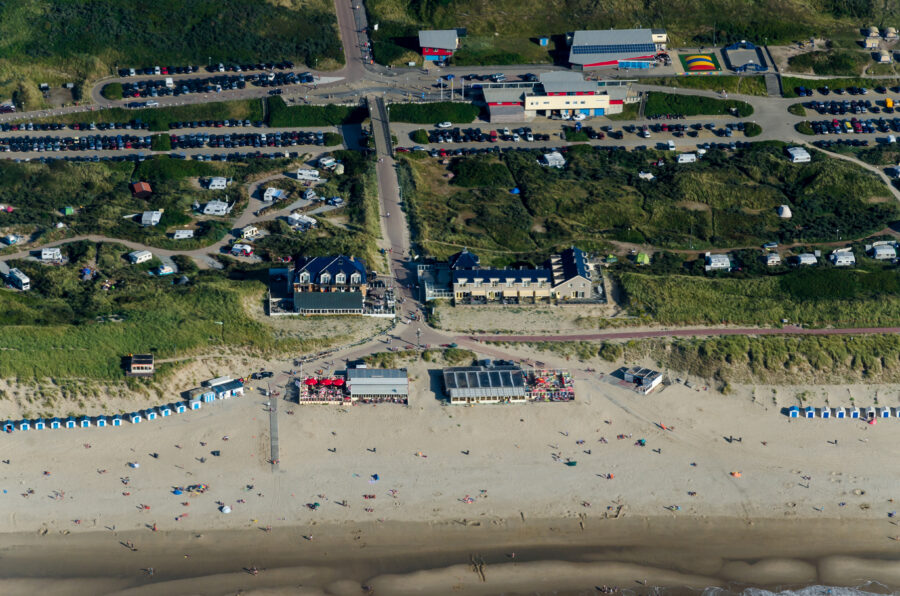
Texel’s bus system is small but surprisingly efficient. The Texelhopper connects the ferry terminal at ’t Horntje with villages like Den Burg, De Koog, and Oudeschild.
Bus 28 runs the most often, making it super convenient if you’re staying in Den Burg or De Koog. The Texelhopper’s on-demand minibuses are a game-changer.
You can book them online or by phone, and they’ll swing by one of the many little stops scattered across Texel. It’s perfect if you want to hit a quiet beach or trailhead without renting a car.
The buses sync up with the ferry schedule, so you won’t get stuck waiting around. Just remember, they don’t run late into the night—so if you’re out for dinner or drinks, plan.
Driving and Parking on Texel
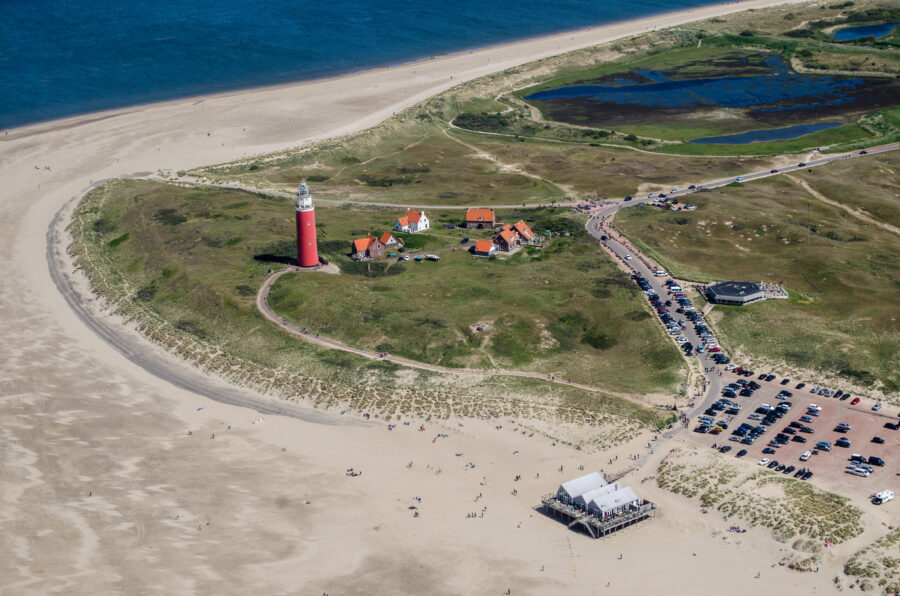
Bringing your own car gives you the ultimate freedom, especially if you’re staying somewhere off the beaten path or have kids in tow. You’ll drive onto the ferry at Den Helder, and in about 20 minutes, you’ll cruise off onto Texel’s peaceful roads.
Parking works with a system called Texel e-vignet. It’s a digital permit that covers the whole island. You can grab a day, week, or annual pass online, which is way easier than paying at every lot.
Most villages and beaches have their own parking areas. In summer, spots near De Koog and the main beach entrances fill up fast, so come early if you can. Having a car is a real bonus if you’re hauling beach stuff, groceries, or lots of travel gear.
Texel’s roads are calm and easy to handle. Just keep an eye out for cyclists—they have priority, and you’ll see them everywhere.
Must-See Places and Experiences After Arrival
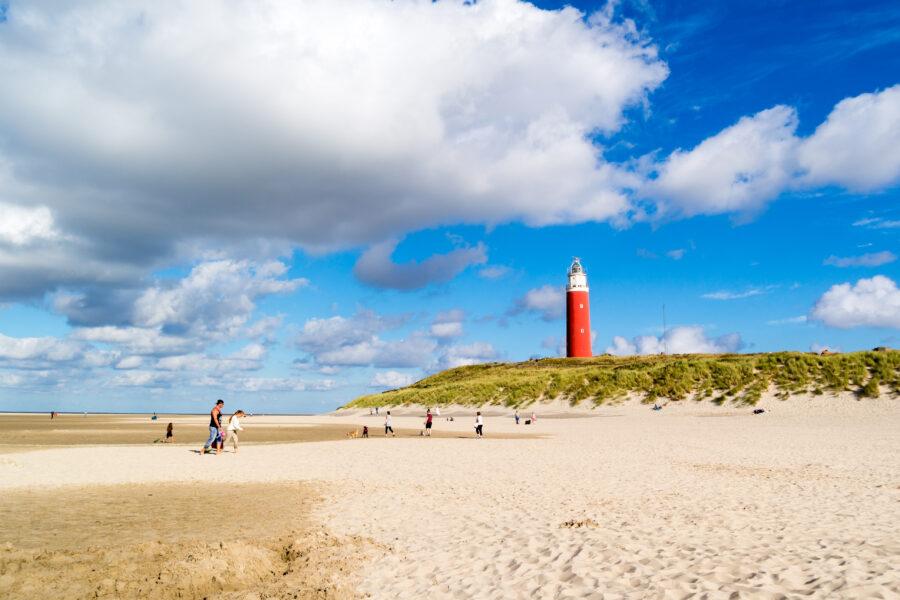
Texel’s got this blend of history, wide-open spaces, and small-town vibes that makes exploring a real treat. You can climb a lighthouse, wander through dunes, watch seals up close, or just chill with a plate of fresh seafood by the harbor.
Eierland Lighthouse and Texel Lighthouse
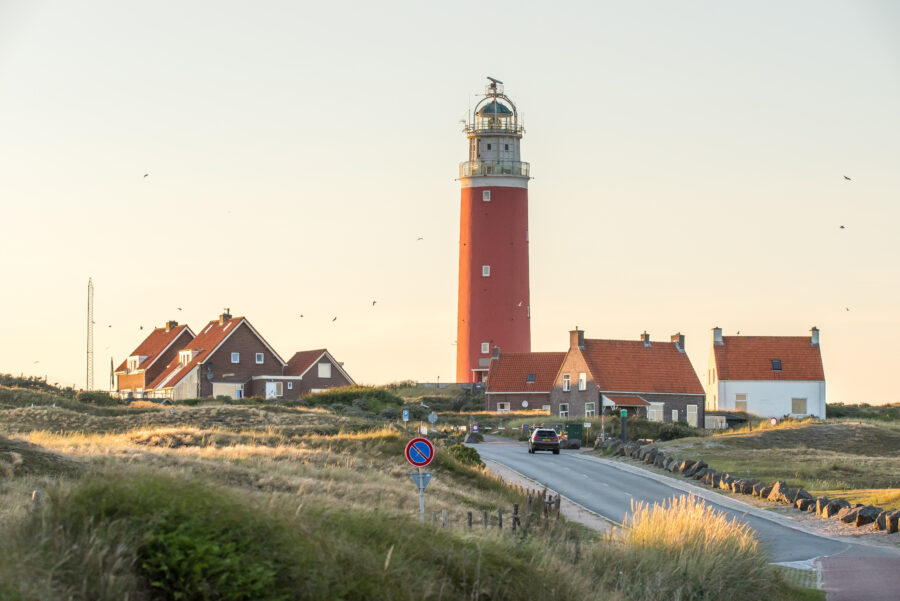
At the northern tip, you’ll find the Eierland Lighthouse—most folks just call it the Texel Lighthouse. It’s one of those places where you can see the sea stretching out in two directions at once. On a clear day, you might spot Vlieland in the distance.
Climbing the lighthouse is absolutely worth it. Each level has its own bit of history, and the view from the top is just wild—dunes and beaches for days. I remember the wind nearly stealing my hat, so hang onto your stuff up there.
It’s a dream spot for photographers. The red tower against the sky and sand is classic Texel. If you’re into guided tours, you can find local activities that include the lighthouse and the nearby beaches.
Oudeschild Port and Harbour
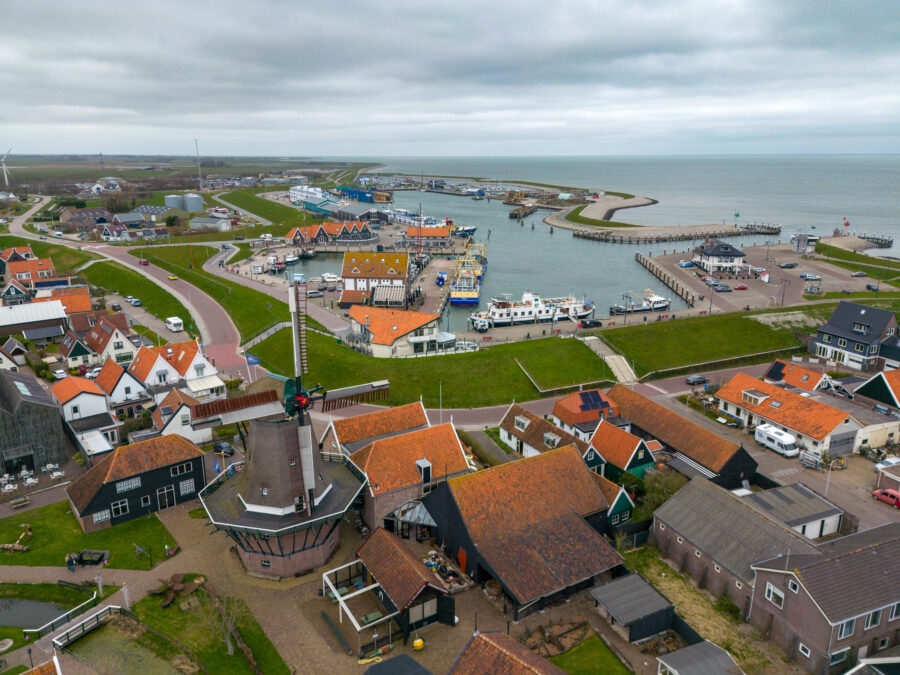
Oudeschild is Texel’s working harbor—the only real fishing port on the island. Every morning, boats unload their fresh catch, and the salty air is everywhere. It’s not fancy, but honestly, that’s part of its charm.
You can hop on a boat trip here, including old wooden cutters that head out to show you shrimp fishing in action. Families especially love these tours since you get to see the nets come up and sometimes even hold the catch before it’s cooked.
There’s also a maritime museum in the harbor, which gives you a peek into Texel’s seafaring past. Afterwards, grab a bite at one of the little restaurants along the quay. The fried fish is simple and so good—crispy on the outside, soft inside, the kind of thing you’ll want again.
Dunes of Texel National Park Adventures
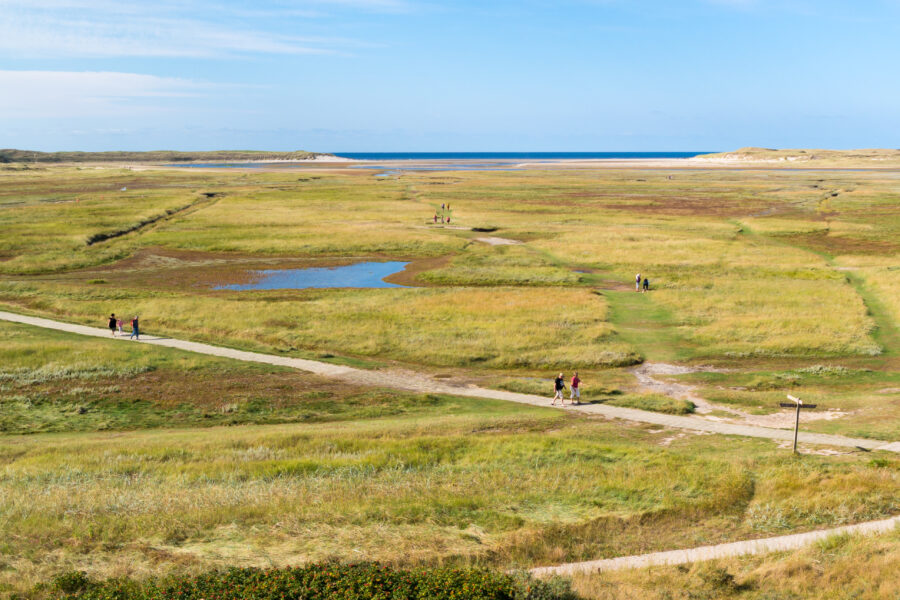
The Dunes of Texel National Park takes up a big chunk of the west coast, and it’s where you’ll want to spend a lot of time outside. Trails for walking and cycling cut through forests, sandy stretches, and wetlands.
Birdwatchers flock here, especially in spring and autumn when migratory birds pass through. I once saw spoonbills here—felt like a real find. Even if you’re not a birder, the quiet paths and big skies make it a peaceful place to just wander.
Cycling is probably the best way to see the park. Rent a bike in De Koog or Den Burg and follow the marked trails. If you want more structure, you can book tours that mix biking, nature walks, or food stops.
Visiting Ecomare and Local Attractions
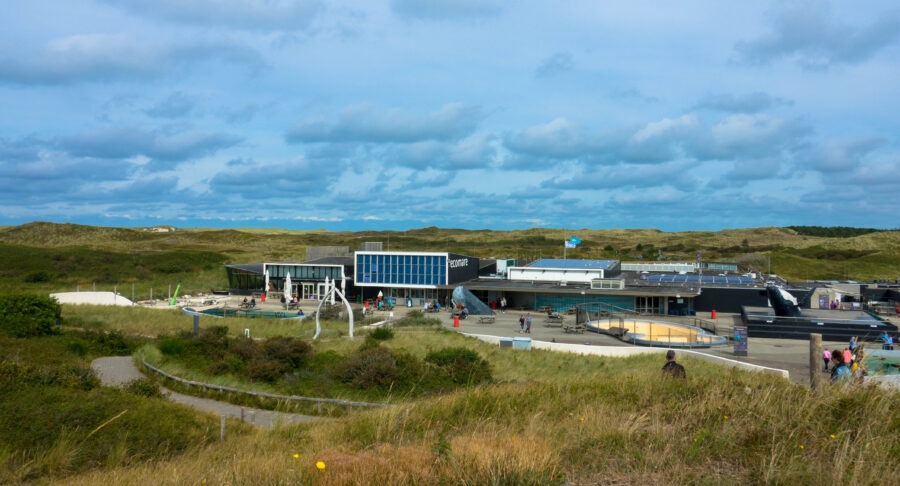
Ecomare is one of Texel’s top attractions, especially for families. It’s a nature center and seal sanctuary where they care for injured seals before releasing them back into the wild. Watching the feeding sessions is both fun and surprisingly educational.
Ecomare also has aquariums with North Sea fish and exhibits about the Wadden Sea. It’s a good way to get to know the island beyond just the beaches. The dune exhibits are actually fascinating—they explain how the shifting sands protect Texel.
Not far from Ecomare, you’ll find small farms where you can taste sheep’s milk cheese or visit the Schapenboerderij Texel, a working sheep farm where you can meet lambs in spring. These little side trips give you a real sense of daily life here and balance out the busier tourist spots.
See Related: Netherlands Trip Cost: 7 Days Under €1000 – Budget Guide
Frequently Asked Questions
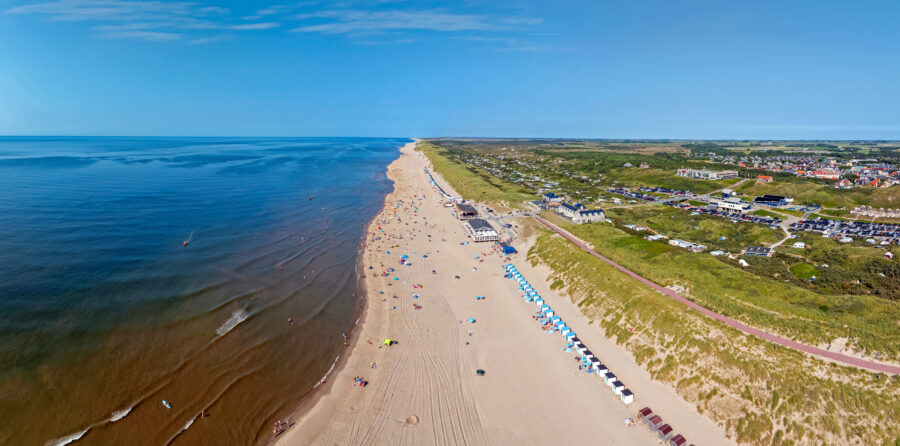
Traveling to Texel is pretty straightforward once you know the basics. You’ll want to figure out how to reach the ferry, decide if you’re bringing a car, and think about what you’ll do when you get there.
What are the transportation options from Amsterdam to Texel?
From Amsterdam, you can hop on a train to Den Helder—it usually takes about 1.5 hours. Buses run straight to the ferry terminal from there.
If you want more flexibility, renting a car gives you total control. I’ve tried both, and honestly, the train and bus combo is stress-free if you don’t feel like driving.
Can you provide details on purchasing Texel ferry tickets?
The ferry from Den Helder to Texel runs daily, and the crossing is quick—about 20 minutes. You don’t need to book ahead, but grabbing an e-ticket online saves time.
One ticket covers both your trip there and back, which is nice and simple.
Is it possible to drive to Texel, and if so, what should I know?
Yep, you can drive your car right onto the ferry. Just follow the signs at the terminal, and the staff will guide you.
Parking on Texel requires a Texel e-vignette, which you can buy online or in local shops. If you’d rather skip the car, cycling is super popular—the bike paths are fantastic.
What accommodations are recommended for an overnight stay in Texel?
Texel’s got everything from cozy B&Bs to modern hotels. If you want to lock in a spot, especially in summer, check out Booking.com.
I once stayed in a little guesthouse near Den Burg—it felt more like staying with friends than at a hotel, which I absolutely loved.
Are there any train services that facilitate travel to Texel from major Dutch cities?
No train goes directly to Texel. You’ll take the train to Den Helder, then hop on the ferry.
From cities like Utrecht, Rotterdam, or The Hague, getting to Den Helder by train is easy—though you might have to change trains once.
What unique activities and experiences does Texel Island offer for tourists?
Texel’s got a reputation for its winding cycling routes, wide sandy beaches, and some of the best birdwatching in the Netherlands. I always find something new there, even if it’s just a different path through the dunes.
You can swing by local farms and chat with the folks who raise those famous Texel lambs—definitely try the lamb if you’re a foodie. The maritime museum in Oudeschild is one of those quirky spots that’s easy to miss but totally worth popping into.
If you like having your plans sorted, you can actually book excursions before you even set foot on the island. Still, in my opinion, nothing beats renting a bike and just getting wonderfully lost in the dunes for a day.
